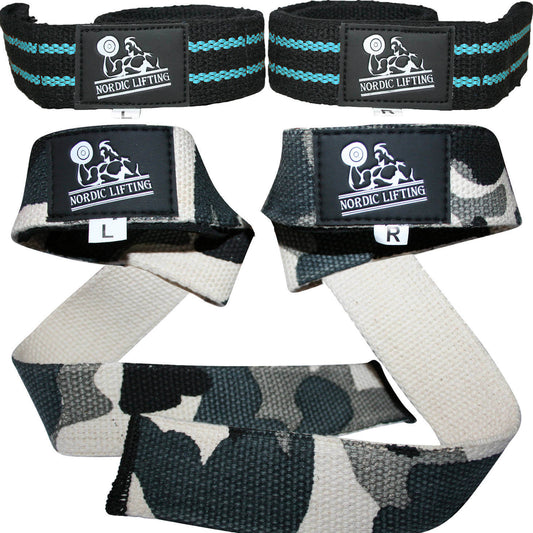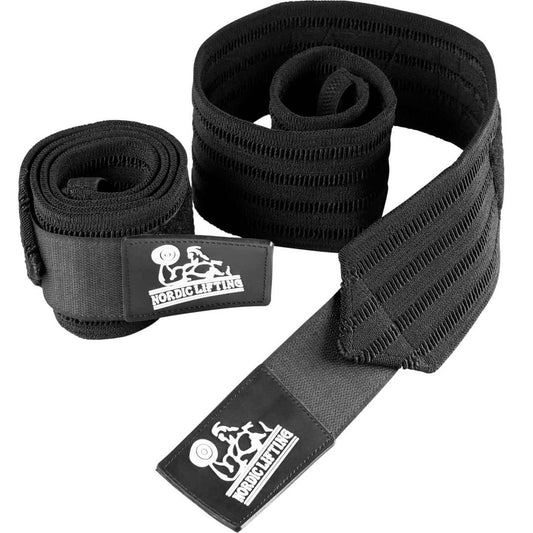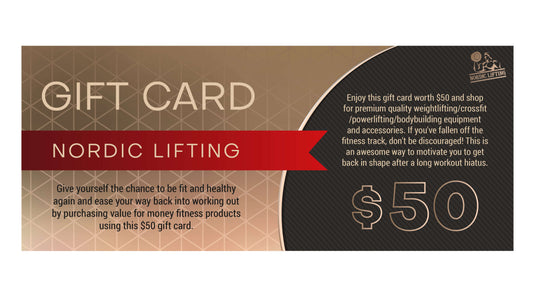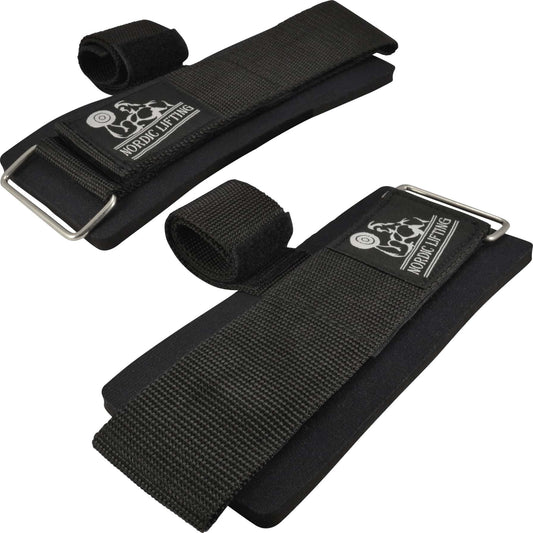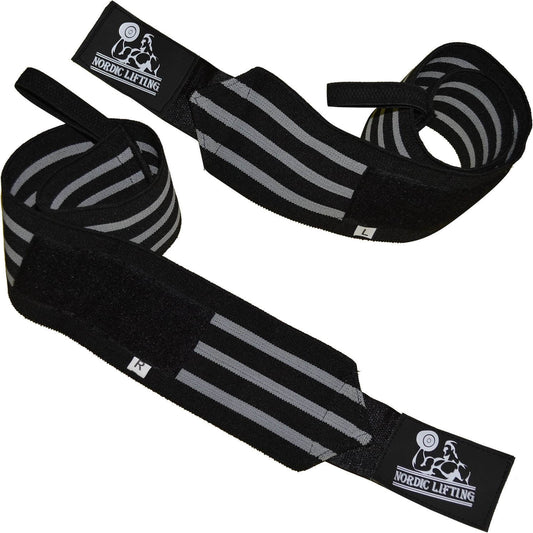Last Updated: April 9, 2025
The Romanian deadlift is a powerful exercise that targets the posterior chain, helping to build strength and stability. With the right technique, anyone can safely perform this lift and maximize their results. Whether someone is a beginner or an experienced lifter, understanding the key elements of form and preparation is essential for success.
By mastering proper technique, individuals can not only enhance their strength but also reduce the risk of injury. Tips on adjusting the weight, using equipment, and incorporating different variations can make this exercise more effective and enjoyable. It is crucial to embrace a well-rounded approach to training, ensuring proper recovery methods are in place as well.
Incorporating Romanian deadlifts into a fitness routine can lead to significant gains in strength and muscle development. With careful attention to form and technique, this exercise can be a valuable addition to any workout.
Key Takeaways
- Mastering the Romanian deadlift improves strength in the posterior chain.
- Proper technique is essential to prevent injury and enhance performance.
- Incorporating variations and recovery strategies can optimize results.
Understanding Romanian Deadlifts
The Romanian deadlift (RDL) is a well-known exercise focusing on the posterior chain, emphasizing strength gains in the hamstrings, glutes, and lower back. This deadlift variation is popular among athletes and fitness enthusiasts for its unique benefits and distinct techniques.
History and Origin of the Romanian Deadlift
The Romanian deadlift traces its roots back to Romania, linked to the strongman tradition. It became widely recognized in the 1990s thanks to the country’s weightlifting coaches promoting the exercise for improving athletic performance. Unlike traditional deadlifts, the RDL prioritizes the eccentric phase, focusing on muscle lengthening rather than lifting heavy weights from the ground. This change in focus helps in developing strength and stability within the hip hinge pattern.
Benefits of Romanian Deadlifts
Romanian deadlifts offer numerous benefits for those looking to enhance their fitness regimen. The primary advantage lies in developing the posterior chain, which includes the hamstrings, glutes, and lower back. Strengthening these muscles helps improve posture, stability, and overall athleticism.
- Strength Development: RDLs help target key muscles that support lifting and explosive movements.
- Injury Prevention: By focusing on the eccentric phase, RDLs strengthen hamstrings, reducing injury risk.
- Improved Flexibility: The hip hinge movement promotes flexibility in the hips and hamstrings, enhancing overall mobility.
Romanian Deadlift Vs. Stiff Leg Deadlift
While both the Romanian deadlift and stiff leg deadlift target the posterior chain, they differ in execution and focus.
-
Romanian Deadlift: This deadlift variation begins from a standing position and emphasizes the hip hinge. It allows for a slight bend in the knees, which comfortably engages the hamstrings and glutes.
-
Stiff Leg Deadlift: This version involves keeping the legs straight throughout the movement. It places greater stress on the hamstrings and lower back, often making it more challenging on those muscles.
Both exercises are effective, and including them in a training program can yield significant gains in strength and stability.
Proper Technique and Form
Using the correct technique and form for the Romanian deadlift is fundamental for safety and effectiveness. This section outlines the starting position, execution of the movement, and common mistakes to avoid.
Starting Position and Setup
To begin, the feet should be positioned hip-width apart, ensuring stability. The individual should hold a pair of dumbbells or a barbell with both hands in front of the thighs.
It is essential to maintain a neutral spine. The cervical spine should align with the rest of the spine, with the head looking forward, not upwards. The shoulder blades should be slightly retracted, keeping the chest lifted.
Before the lift, the person should engage their core. This helps in stabilizing the torso and avoiding unnecessary strain during the movement. The setup is crucial for success.
Execution of the Movement
To execute the Romanian deadlift, the individual should initiate a hip hinge. This means bending at the hips while keeping the back flat. The knees should remain slightly bent but not extend excessively.
As the weights lower towards the shins, the hips should move back. The aim is to feel a slight stretch in the hamstrings without rounding the back. It is critical to keep the shoulder blades engaged throughout to ensure proper posture.
When returning to the starting position, they should engage the hamstrings and glutes to lift back up, maintaining the same back alignment.
Common Mistakes to Avoid
Many individuals make common errors during the Romanian deadlift. One frequent mistake is lifting with the back instead of using the hips. This can lead to injury and strain.
Another issue is letting the head and neck move out of alignment with the spine. This can cause unnecessary tension on the cervical spine.
Lastly, allowing the knees to bend too much can undermine the hip hinge mechanics. Focusing on hip-width stance and a strong core will help avoid these pitfalls. Correcting these mistakes takes practice and awareness.
Preparing for the Deadlift
Before executing a Romanian deadlift, it's important to lay the groundwork. Proper preparation enhances performance and reduces the risk of injury. This includes warming up the body, selecting the right weight, and determining the best grip.
Warm-Up and Mobility Exercises
A good warm-up is essential for flexibility and performance. Begin with dynamic stretches that target the hips, hamstrings, and lower back. Movements like leg swings, hip circles, and walking lunges help increase blood flow to the muscles.
Incorporating mobility exercises is crucial. Foam rolling the hamstrings and glutes can relieve tension. It’s also beneficial to practice the hip hinge movement without weight. This helps in reinforcing the proper form before adding resistance.
Selecting the Appropriate Weight
Choosing the right weight is vital for safety and effectiveness. Beginners should start with a light barbell or dumbbell to master the technique. This allows for focusing on form rather than lifting heavy.
A good rule is to use a weight that allows for 8-12 repetitions while maintaining proper form. If unable to keep a flat back or feel strain in the lower back, the weight is likely too heavy. Gradually increase the load as confidence in the movement grows.
Grip Options for Romanian Deadlifts
Grip choice can impact performance and comfort during the lift. The double overhand grip is a common choice for Romanian deadlifts. This grip provides better control and balance.
For those lifting heavier weights, a mixed grip might be beneficial. This involves one hand in an overhand position and the other in an underhand position. It helps prevent the bar from rolling.
Using the correct grip can enhance overall stability. Experimenting with different grips can help an individual find what feels best for them.
Equipment and Accessories
Having the right equipment and accessories is essential for performing Romanian deadlifts safely and effectively. The choice of weights and supportive gear can impact both performance and injury prevention.
Choosing the Right Barbell or Dumbbells
When selecting weights for Romanian deadlifts, the barbell is often the best choice. It allows for better balance and stability. A standard Olympic barbell weighs 45 pounds and is suitable for most lifters. For those newer to lifting, starting with lighter barbells or even dumbbells is a good idea.
Dumbbells can also be effective. They allow for greater freedom of movement and help target stabilizing muscles. When using dumbbells, selecting a weight that allows for good form is crucial. Ideally, the weight should challenge but not overwhelm the lifter.
Both options can be used effectively, depending on individual comfort and experience level.
Additional Gear for Support and Safety
Using supportive gear can enhance the lifting experience and reduce the risk of injury. A quality lifting belt provides support for the lower back and core. It helps maintain proper posture during the lift. Belts should fit snugly but not restrict breathing.
Lifting straps can also be beneficial, especially for heavier lifts. They help secure the grip on the barbell or dumbbells, allowing for better focus on form rather than grip strength.
In addition, using weightlifting shoes with a flat sole can improve stability during lifts. These shoes provide solid footing and help maintain proper body alignment. Choosing the right equipment and gear helps ensure a safer and more effective workout.
Programming Romanian Deadlifts
Programming Romanian Deadlifts (RDLs) effectively requires careful planning. This includes integrating RDLs into the training routine, considering volume and intensity, and focusing on progression. Each aspect plays a crucial role in maximizing results while minimizing the risk of injury.
Incorporating RDLs into Your Training Routine
RDLs are a compound exercise primarily targeting the hamstrings, glutes, and lower back. They should be placed strategically within a training week, often included in lower body or posterior chain workouts.
RDLs can be performed once or twice a week, depending on the overall program. Pairing them with exercises like squats or lunges can enhance muscle activation in the target area. For variety, incorporating variations like single-leg RDLs can also be beneficial.
Volume and Intensity Considerations
When programming RDLs, volume and intensity are key factors. A common recommendation is to aim for 3 to 4 sets of 6 to 12 repetitions. This range allows for both muscle growth and strength development.
Rest periods should be around 1 to 2 minutes between sets to ensure recovery. Using moderate weights helps maintain proper form. Heavier loads should be approached cautiously for fewer reps, focusing on technique over quantity.
Progression and Overload
To see consistent gains with RDLs, progression is essential. This can be achieved by gradually increasing weights, adjusting repetitions, or manipulating the tempo.
For instance, using a 3-1-1 tempo (3 seconds down, 1-second pause, 1-second lift) can add intensity without altering weight. Tracking progress over time helps to determine when to increase load or volume. Incorporating variations adds complexity and keeps the muscles adapting.
Focusing on these programming aspects provides a structured path toward improved strength and muscle development through Romanian Deadlifts.
Modifications and Variations
Different modifications and variations of the Romanian deadlift (RDL) cater to various experience levels and styles. Adjusting the exercise can enhance safety, effectiveness, and comfort while increasing strength.
Adaptations for Beginners
For beginners, starting with lighter weights or no weights at all is crucial. This allows them to focus on technique without risking injury. A common approach is to perform the RDL with a dumbbell in each hand or with just bodyweight.
Placing a chair behind the lifter can provide a target for hip hinging. They can lower their torso until it reaches the chair, ensuring proper form. Another adaptation is the single-leg Romanian deadlift. This helps build balance and stability while engaging the core. Beginners should prioritize mastering the hip hinge motion before increasing weight or intensity.
Alternatives with Different Equipment
Using different equipment can also diversify RDL workouts. A kettlebell is an excellent alternative; its design promotes a natural grip and allows for fluid movement. When starting with kettlebells, it’s advisable to keep the weight light to maintain form.
Resistance bands can also be used. By anchoring them to a sturdy object, the lifter can step back into the band to add resistance. This helps to improve strength and control during the movement. Additionally, performing RDLs with a barbell on a squat rack can eliminate the need to lift from the floor. This modification makes it easier to focus on posture and form.
Advanced Romanian Deadlift Variations
Advanced lifters can explore more challenging variations. The single-leg Romanian deadlift adds complexity and engages the core more intensively. Also, using a deficit can enhance muscle activation by increasing the range of motion.
Another advanced method is employing the pause RDL, where the lifter pauses at the bottom of the movement. This builds strength and control in the stretch position. Lifters can also experiment with tempo variations, like slowing down the eccentric phase. This increases time under tension, boosting overall muscle growth.
These advanced techniques enhance strength and improve the technical execution of the Romanian deadlift, making workouts more effective and engaging.
Recovery and Maintenance
Effective recovery and maintenance are crucial for anyone performing Romanian deadlifts. This involves using post-workout strategies, ensuring proper form over time, and preventing injuries through careful techniques.
Post-Workout Recovery Strategies
After completing a Romanian deadlift session, recovery is vital. Stretching the hamstrings and lower back can help relieve tightness. Foam rolling these areas also aids in muscle recovery, increasing blood flow and reducing soreness.
Hydration plays a key role in recovery. After exercising, drinking water helps replace lost fluids. Eating a balanced meal with protein and carbohydrates within 30 minutes post-workout supports muscle repair and replenishes energy stores.
Rest days are equally important. They allow muscles to recover and grow stronger. Scheduling regular rest days can enhance performance and prevent fatigue.
Maintaining Proper Form Over Time
To prevent injuries, maintaining proper form during Romanian deadlifts is essential. Athletes should consistently check their posture. Keeping a slight bend in the knees and pushing the hips back while maintaining a flat back is crucial.
Using a mirror during lifting can help identify any form issues. If using free weights, it’s advisable to start with lighter weights to focus on technique. Gradually increasing the load can help in preserving form as strength improves.
Regularly reviewing technique through video recordings can also be beneficial. This allows lifters to notice inconsistencies and make necessary adjustments.
Avoiding and Managing Injuries
Injury prevention starts with understanding personal limits. Lifters should not push beyond comfort levels when performing Romanian deadlifts. Paying attention to the body’s signals is vital. If pain occurs during a lift, it’s important to stop immediately.
Proper warm-up routines before lifts help prevent strains. Dynamic stretching or light cardio can increase blood flow to muscles. Additionally, ensuring core stability before lifting provides support to the back.
If an injury does occur, applying ice and resting the affected area is crucial. Consulting a healthcare professional for pain that persists is wise. Early intervention can prevent further complications and allow for a quicker recovery.
Frequently Asked Questions
This section addresses common questions about the Romanian deadlift, focusing on muscles targeted, technique improvement, benefits, proper form, equipment comparison, and tips for mastering the lift.
What muscles are targeted when doing a Romanian deadlift?
The Romanian deadlift mainly targets the hamstrings, glutes, and lower back. It also engages the calves and core for stability. This makes it effective for developing strength and improving overall posterior chain performance.
How can I improve my Romanian deadlift technique for better glute engagement?
To improve glute engagement, focus on the hip hinge rather than bending at the knees. Keeping the back straight while driving the hips back helps target the glutes more effectively. Starting with lighter weights can also allow for better control and form adjustments.
What are the benefits of incorporating Romanian deadlifts into my workout routine?
Incorporating Romanian deadlifts enhances posterior chain strength, increases flexibility, and can lead to better athletic performance. Additionally, it can improve posture and reduce the risk of injury by strengthening stabilizing muscles.
Can you describe proper form and common mistakes to avoid in a Romanian deadlift?
Proper form includes keeping the back straight, engaging the core, and maintaining a slight bend in the knees. Common mistakes include rounding the back, using too heavy a weight too soon, and not hinging at the hips properly. Avoid these to ensure safety and effectiveness.
How do dumbbells compare to barbells when performing Romanian deadlifts?
Dumbbells allow for a greater range of motion and can improve balance. They can also help address muscle imbalances between the sides. Barbells help facilitate heavier lifting, making them more suitable for building overall strength.
Are there any specific tips for mastering the Romanian deadlift with proper form?
Start with lighter weights to focus on form before increasing resistance. Practicing in front of a mirror can help with form corrections. Additionally, working with a trainer or experienced lifter can provide valuable feedback for improvement.









